Nombre:
Puerto de Brisbane
Otro:
Localización:
View Larger Map
Tipo: Puertos
Categoría:
Foto:
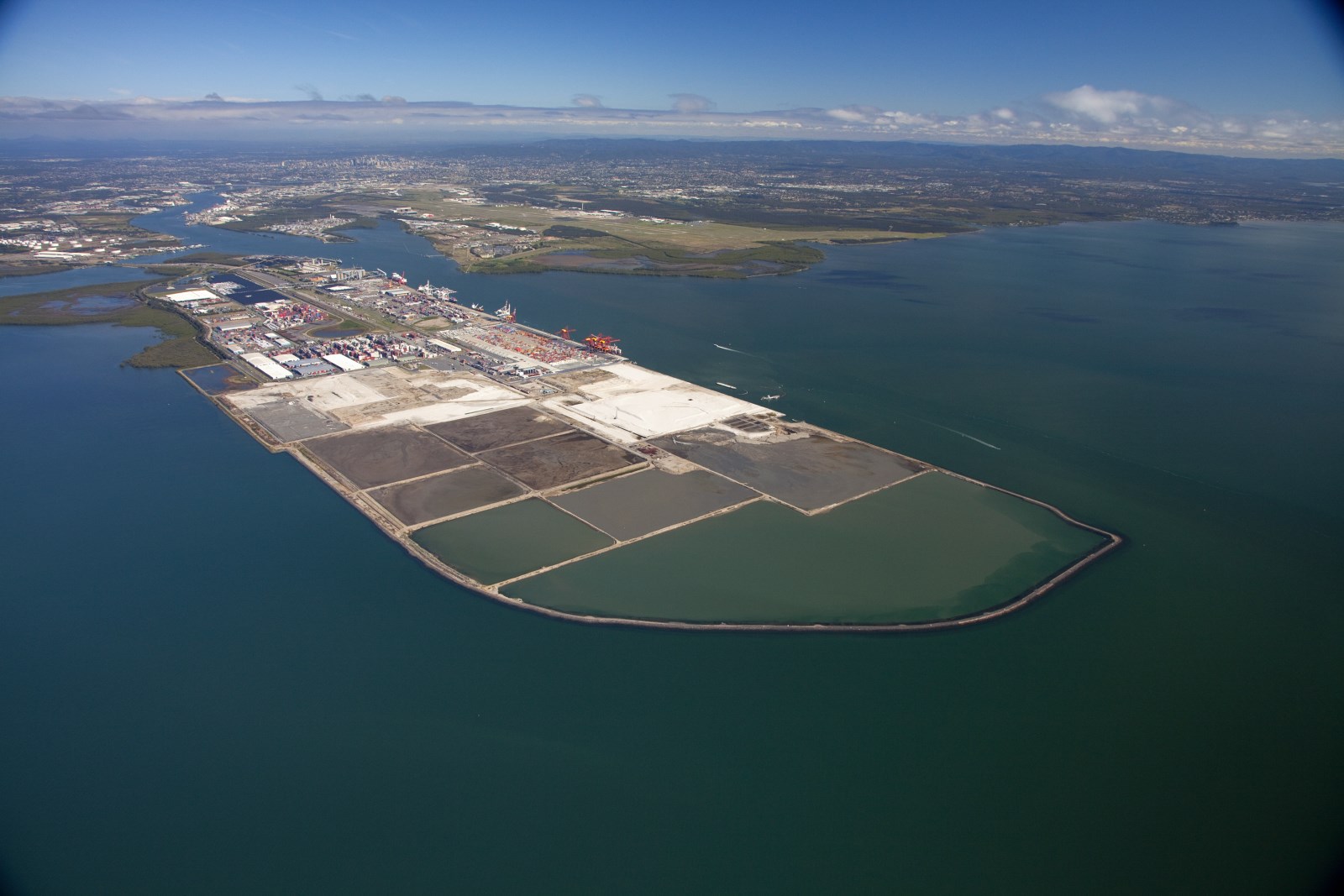
Voto:
Continente: Oceanía
País: Australia
Localización: Brisbane
Año:
Estado: Terminado
Descripción:History of the Port of Brisbane
Brisbane’s first exports were shipments of timber from local pine and cedar forests during the early days of European settlement.The logs were rafted down the river and across Moreton Bay to Dunwich (North Strabroke Island), where sailing ships would load the cargo and head for Sydney.
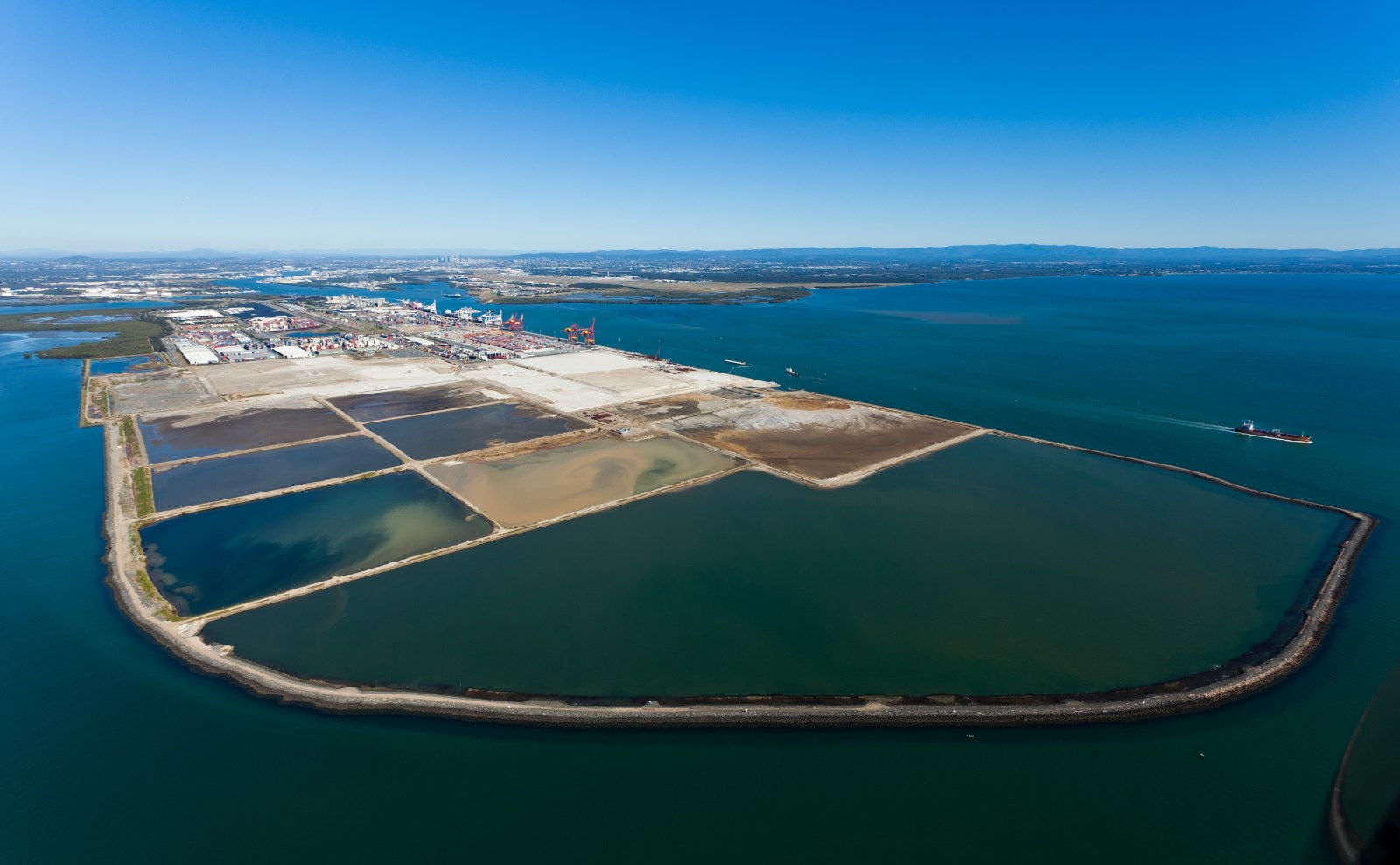
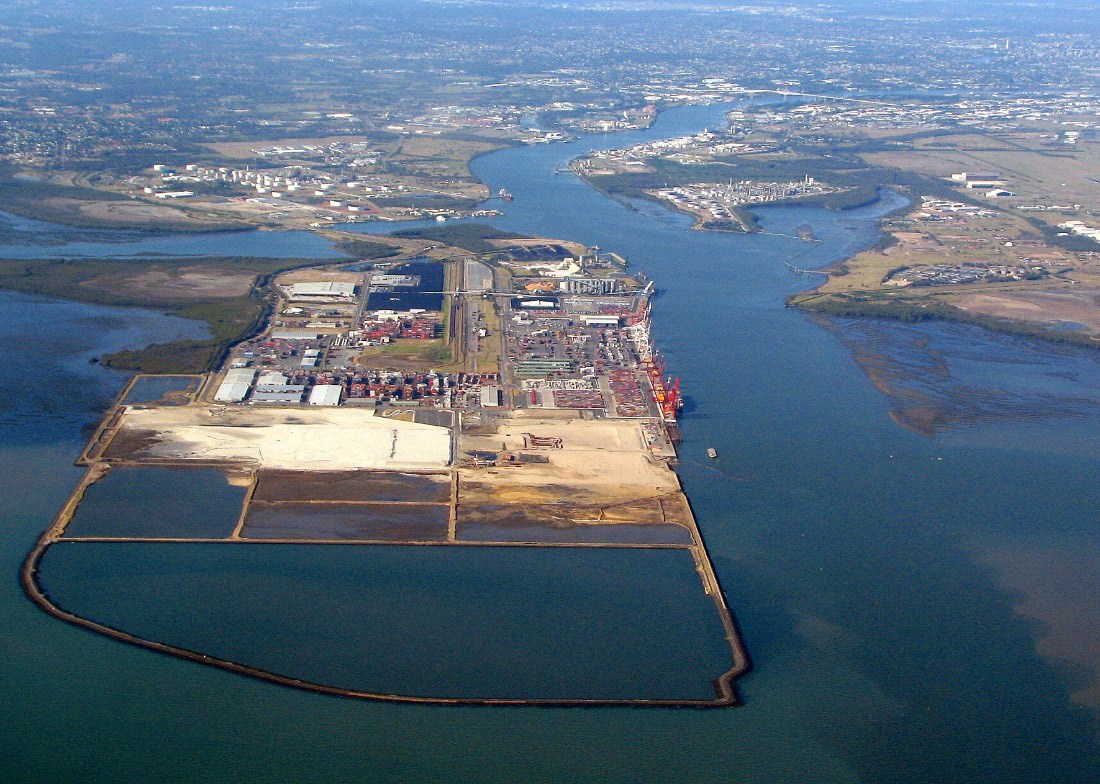
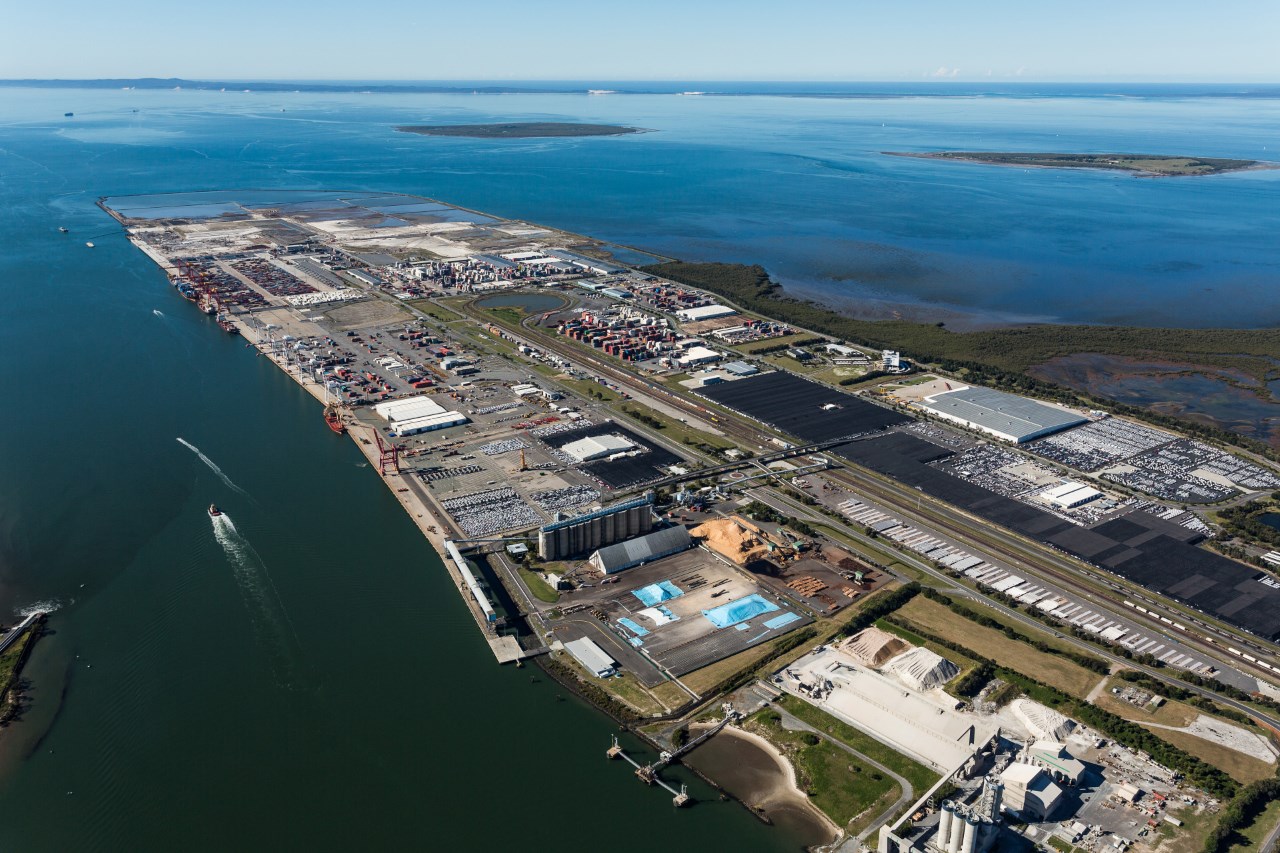
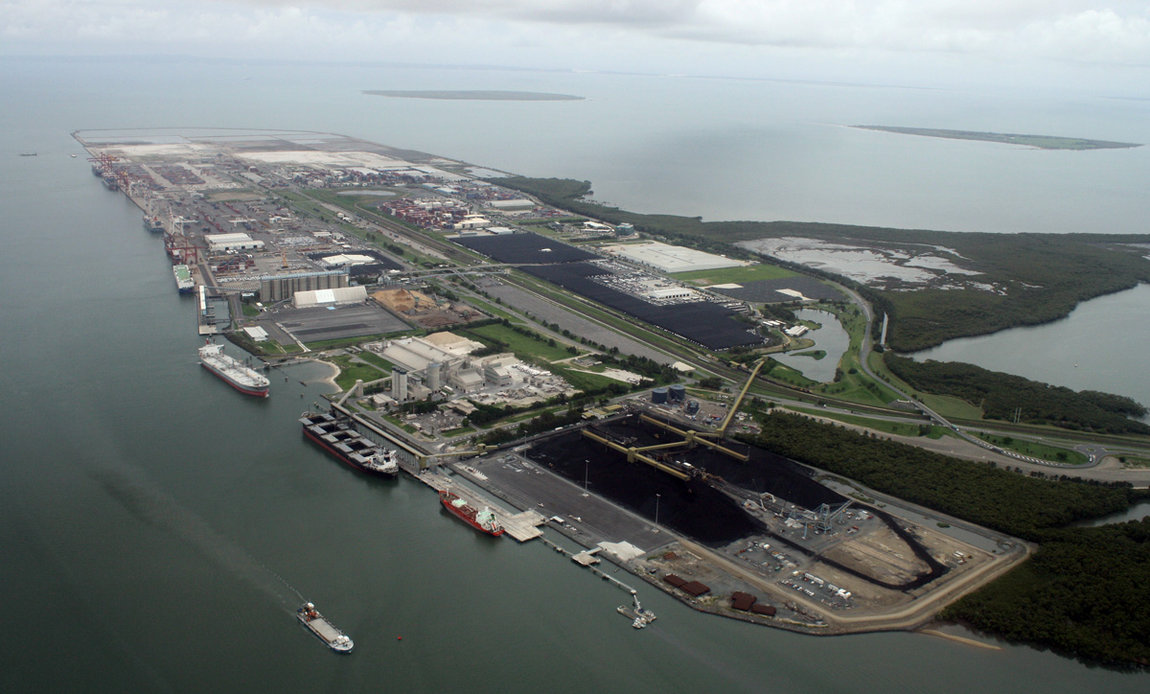
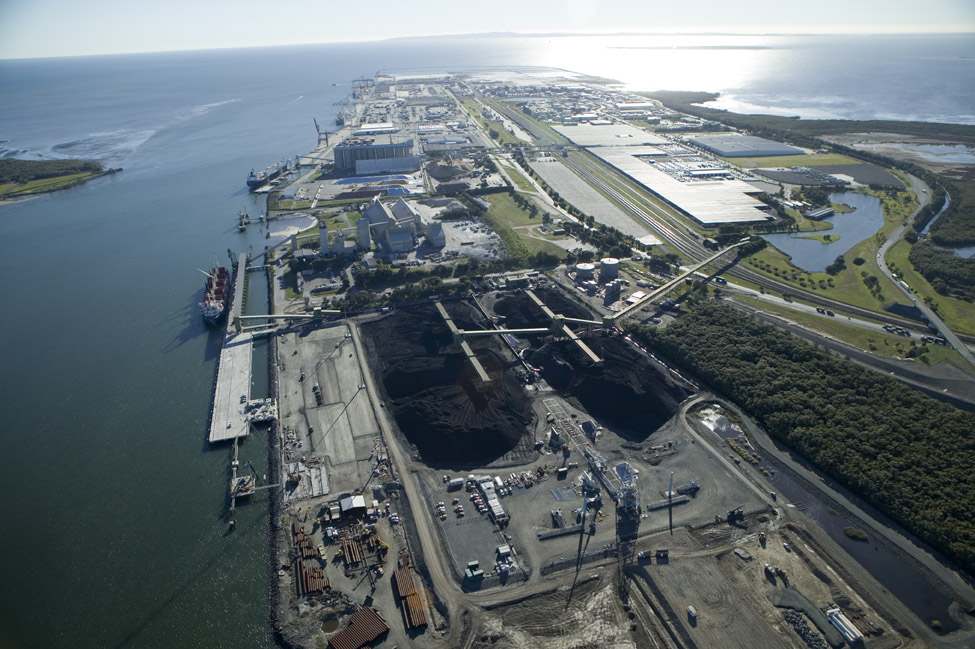
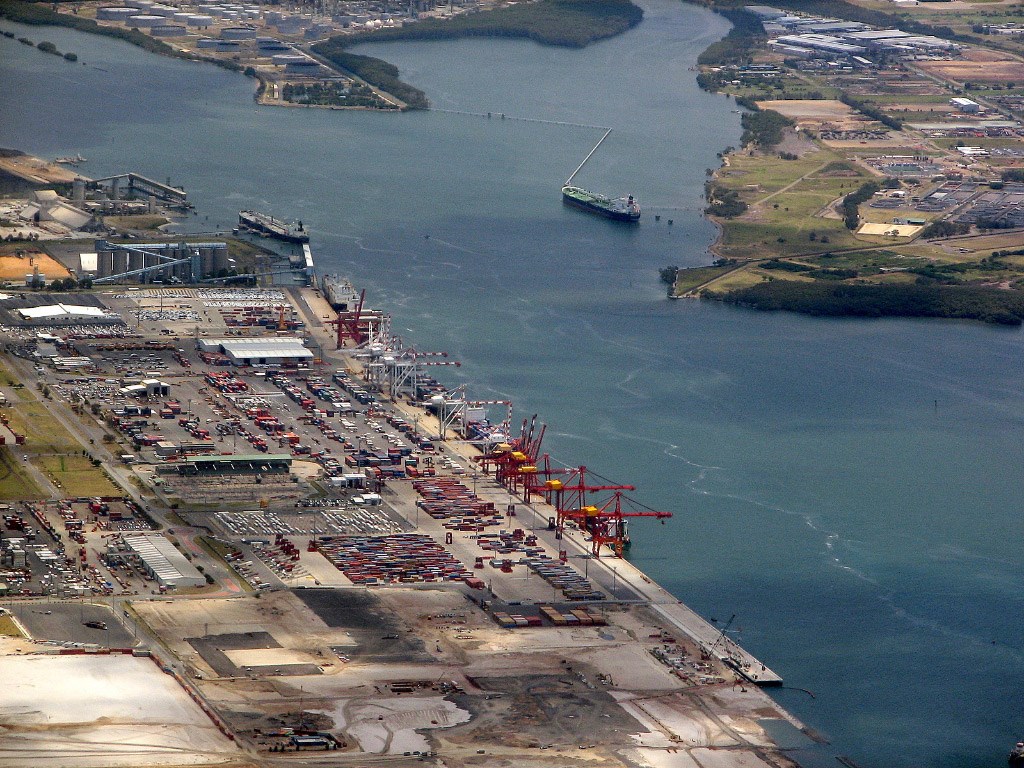
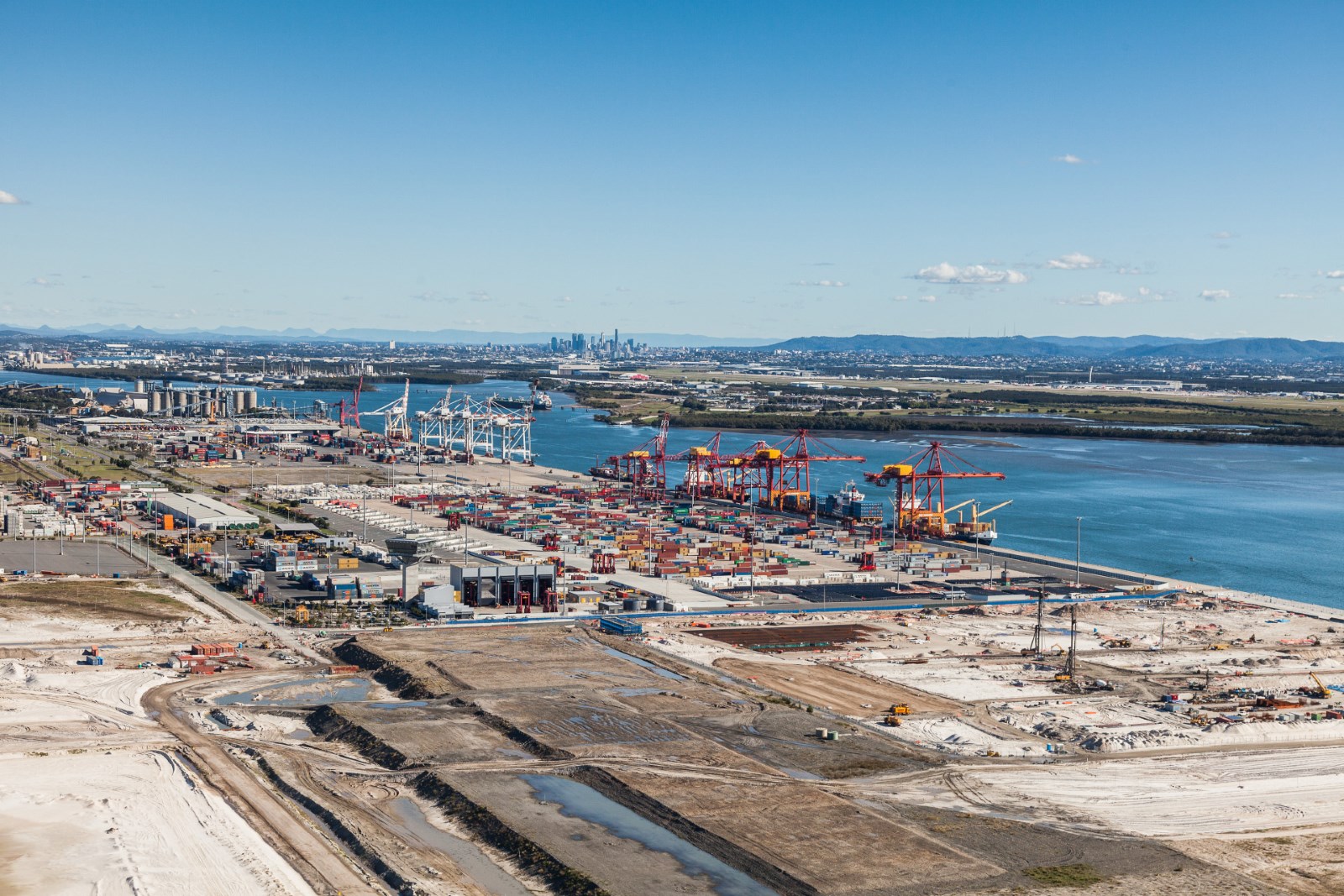
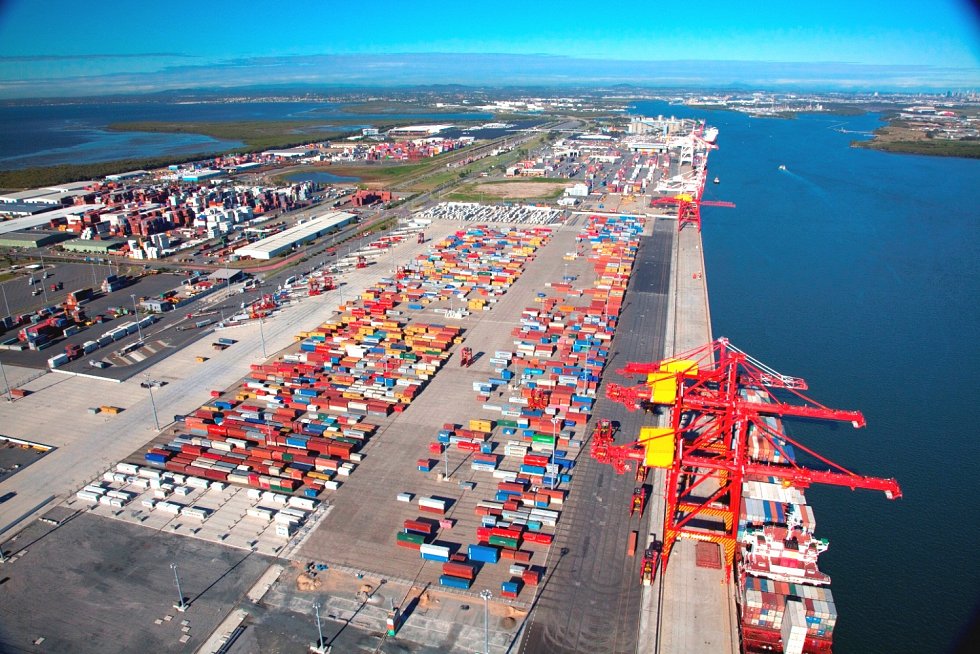

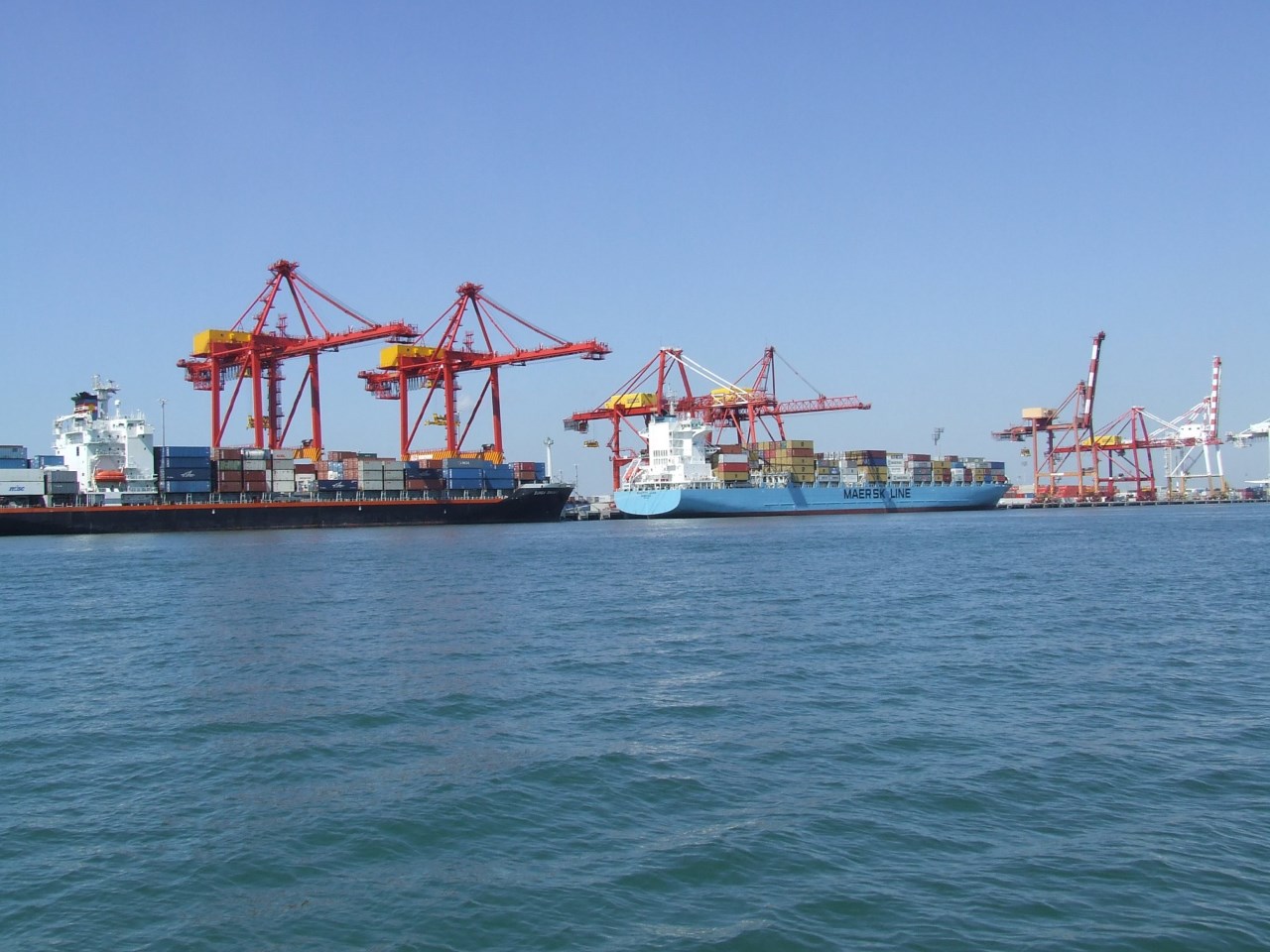
Between 1850 and 1885 Brisbane emerged as the main commercial centre in the colony. Net tonnage through the port grew from 8,128 tonnes in 1850 to 690,883 tonnes in 1885. In the same period the area’s population grew from under 8,000 people to over 100,000.
During this time water transport was dominant, with ships carrying exports of coal and rural products, and imports of manufactured goods between Brisbane and Ipswich.
In 1888 the frozen beef trade was introduced in Brisbane, creating considerable employment and prosperity in the port.
The next major historical event to substantially influence port activities was World War II. Normal maintenance dredging activities were disrupted, resulting in inadequate channel depths by 1949. During this period Cairncross Dockyard was constructed to meet the demand for ship repair facilities.
Later in the decade, a new wave of development began, dominated by the processing of sugar, meat, oil and mining output. The population grew from 457,000 in 1947 to 693,000 in 1961. In the same period, total tonnage through the port rose to 2.6 million tonnes. Two major phases of development began in the 1960s, which were to change the industrial and port structures of Brisbane.
Firstly, the discovery of the Moonie oil fields resulted in two refineries being constructed at the mouth of the Brisbane River.
Secondly, containerisation prompted a change in cargo handling technology, and by 1969 the port’s first container terminal had been built by private enterprise in the Hamilton Reach of the river.
Purpose-built port
In 1972 the Queensland Government commissioned the then Department of Harbours and Marine (now Queensland Maritime Safety which is a division of Queensland Transport) to undertake a review of the role of the Port of Brisbane in the national trade scene.
The review was published in 1974 and recommended that a master plan be developed. The plan was completed in 1976 and key conclusions were:
The Port of Brisbane must expand its facilities to meet increasing trade. Trade through the port had trebled between 1962 and 1972.
Optimal expansion of the port could be achieved by constructing entirely new facilities on Fisherman Islands at the mouth of the Brisbane River.
Increased trade through the port would create fewer environmental problems by developing the port at Fisherman Islands than by upgrading the existing river port.
For efficient expansion to take place, it was essential to establish a port authority.
As a result, the Port of Brisbane Authority Act 1976 took effect on 6 December 1976, and the Authority awarded its first contract for a port project on 7 April 1977. The project involved building a five-kilometre causeway, two road bridges and a rail bridge to link the islands to the mainland at Lytton.
The Port of Brisbane Authority was corporatised in 1994 under the Government Owned Corporation (GOC) Act 1993, and changed its name to Port of Brisbane Corporation. On 1 July 2007, the Port of Brisbane Corporation changed from a statutory to a company GOC, listed with the Australian Securities and Investments Commission.
On 2 June 2009, the Premier of Queensland announced the State Government's Renewing Queensland Plan, which included the sale of a number of government assets, including the Port of Brisbane Corporation. As part of the sale process, on 1 July 2010 the Queensland Government transferred all equipment and machinery, including the dredging fleet, all employees of the Port of Brisbane Corporation, and the operating rights associated with the Port of Brisbane to a new operating company - the Port of Brisbane Pty Ltd (PBPL). On 10 November the Queensland Treasurer announced that Q Port Holdings had been selected as the successful bidder. The sale process was completed on 30 November 2010 with QPH becoming the new owner of Port of Brisbane Pty Ltd.
http://www.portbris.com.au/about-us/history-of-the-port-of-brisbane
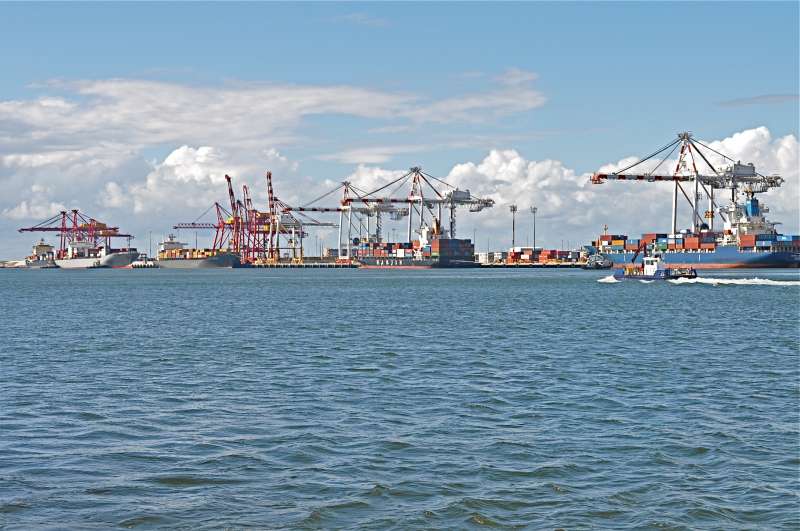
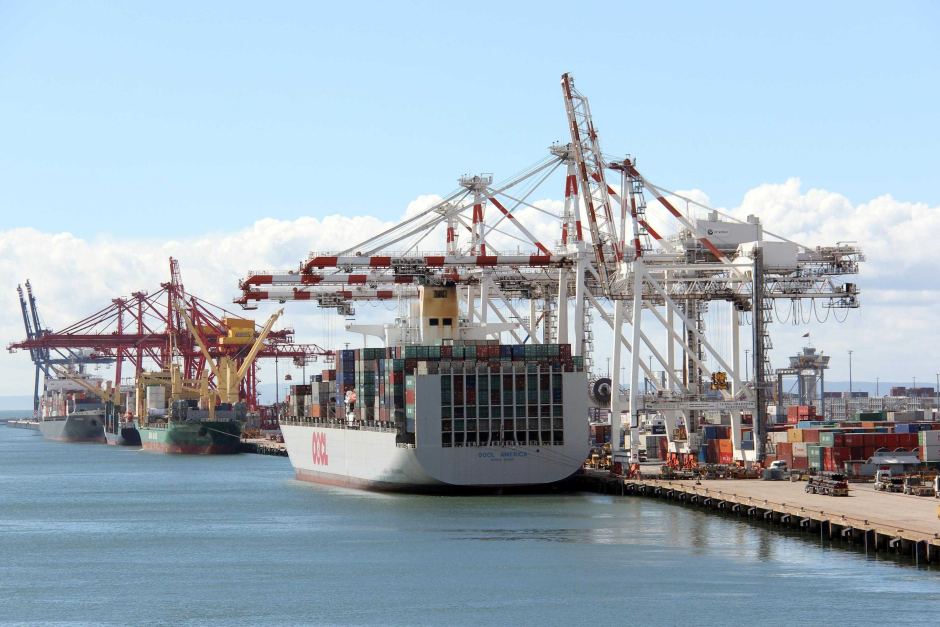


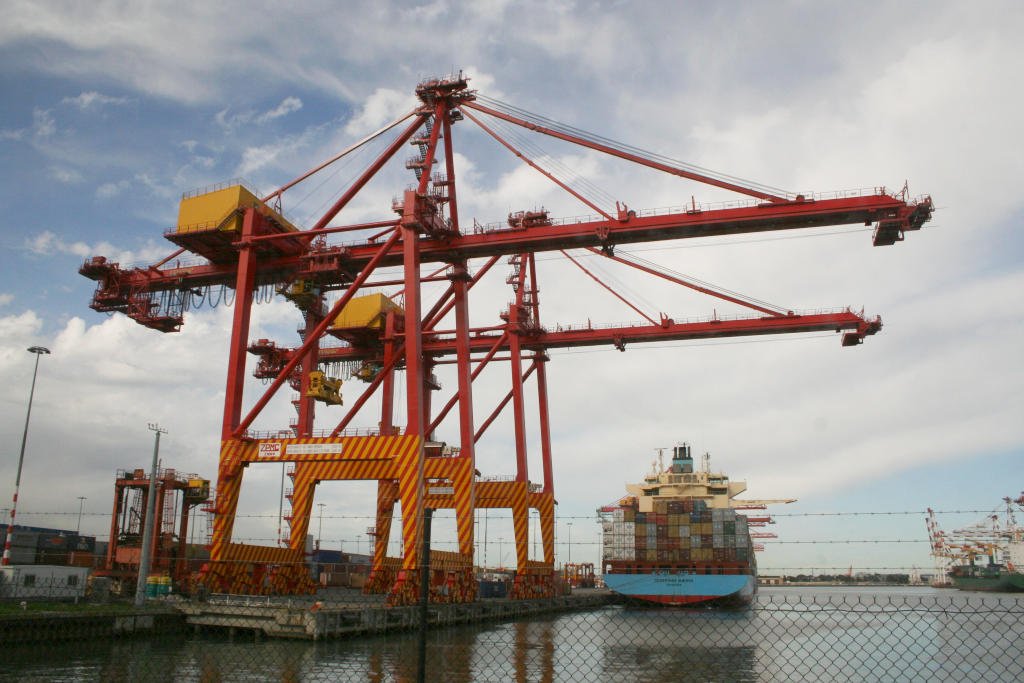
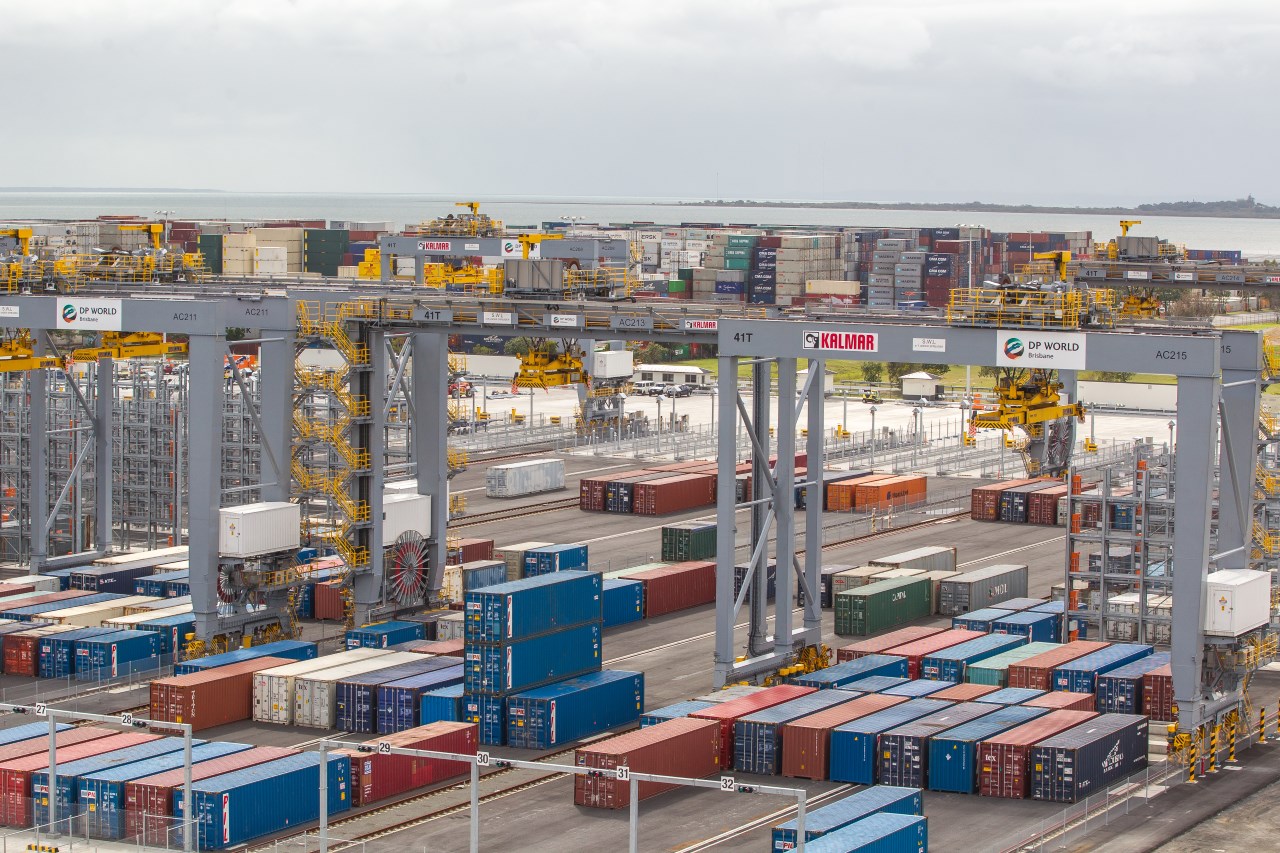

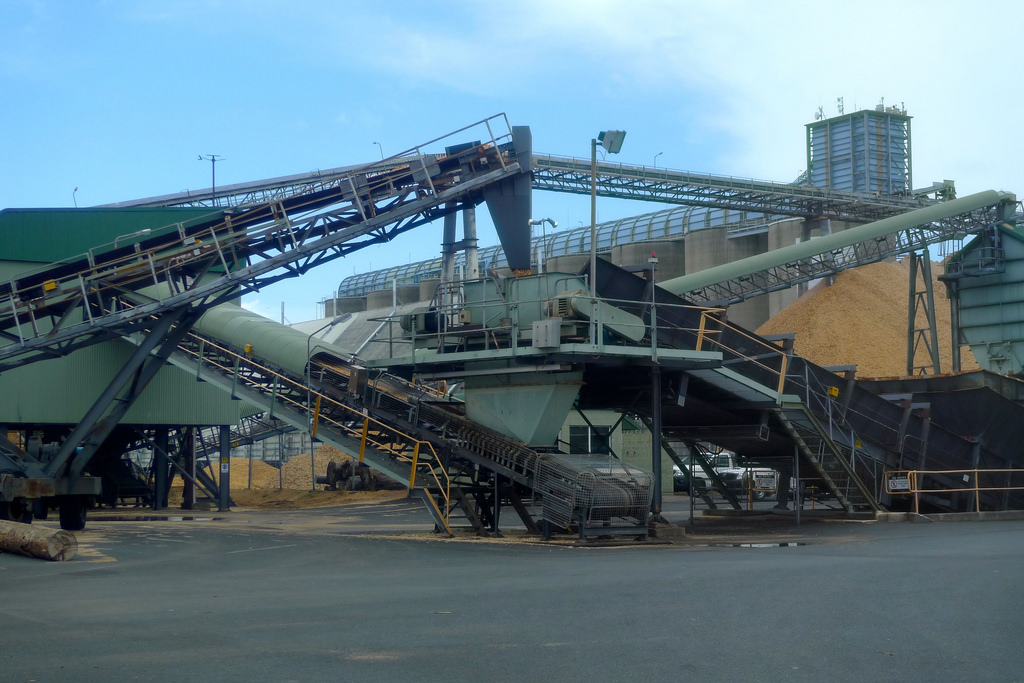
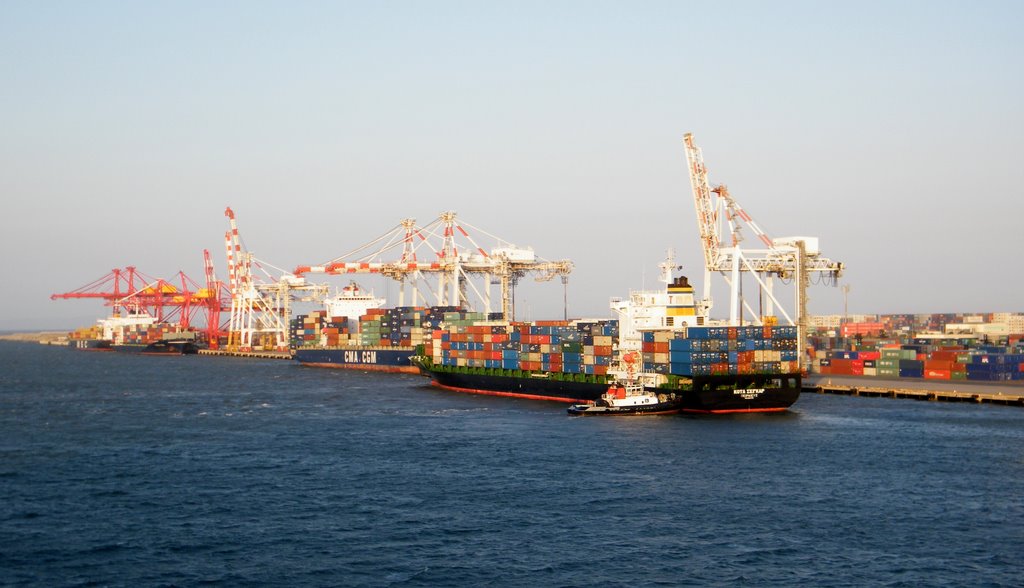
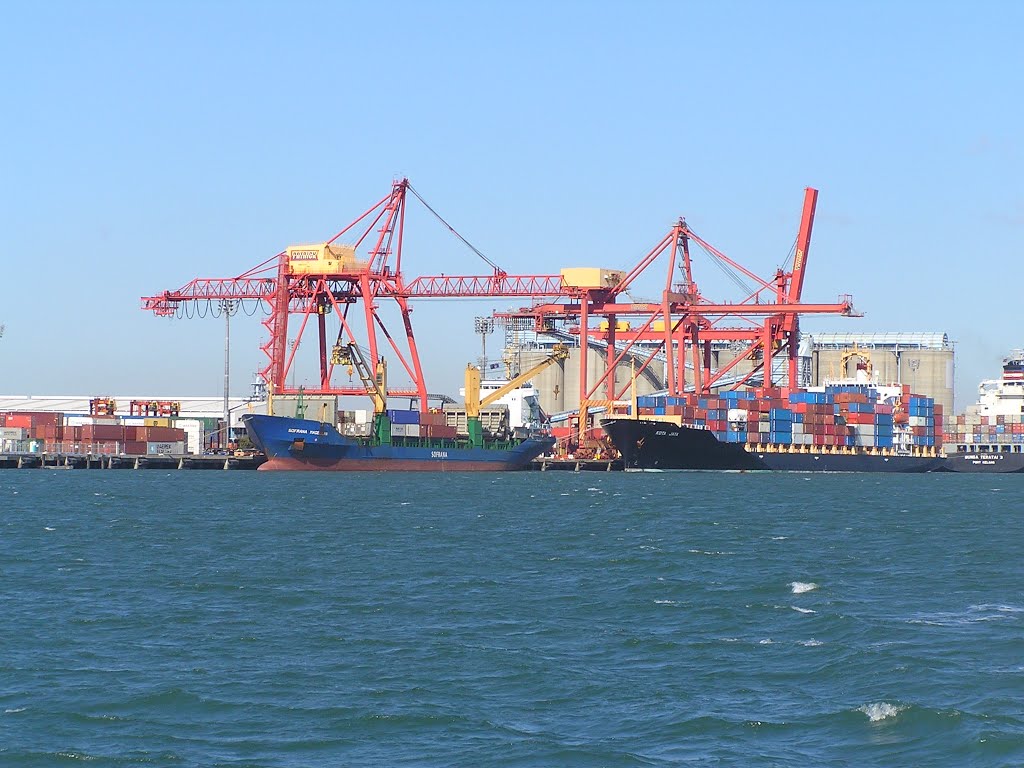
Port of Brisbane Beef Trade shows Big Jump
Rampant growth in Australian beef exports to China is reflected in latest statistics released by Port of Brisbane this week.
Among a wide range of incoming and outgoing bulk and container traffic passing through the port last financial year, beef was singled-out for mention in a statistical review by Port of Brisbane, being up 4.1 percent for the 12 months ended June 30.
Historically, about 70 percent of Australia’s beef exports pass through the Port of Brisbane, due to its proximity to the heaviest concentration of export beef processing capacity in Australia around southeast Queensland and northern NSW.
For the 2012-13 financial year, chilled and frozen beef tonnage exiting Australia through POB totalled just over 696,000 tonnes, a 4.2 percent rise on the previous financial year (668,000t), and a similar amount over 2010-11.
In line with the quality and volume impacts created by drought, pushing more females to slaughter this year, chilled beef exports through POB have remained virtually unchanged over the past three financial years, while the big movement has come in frozen trade, up 7.3pc.
While beef exports to a number of destinations were up, the expansion in trade to China accounted for a considerable part of the growing beef traffic.
Exports to China through POB for 2012-13 reached 67,656t, skyrocketing from just 9268t the previous year. Frozen containers alone accounted for more than 58,000t, or 87pc of the total. China went past South Korea as the port’s third largest destination for beef during the year, sitting only behind Japan and the US in size.
The trade trend was also evident in the port’s records of refrigerated shipping containers used in beef trade.
Overall last financial year, there were more than 50,000 containers (TEU’s) used to export Australian beef from Brisbane, including 5073 in trade to China. The previous year, China beef trade required only 660 chilled and frozen containers.
Overall Port traffic
The Port of Brisbane report said it had delivered continued trade growth for the financial year ending June 30, with global demand for many key commodity sectors, particularly export-exposed agriculture, remaining strong despite challenging economic conditions.
Total trade handled through POB increased 2pc to 37.6 million tonnes for the financial year, compared with 36.8mt for the previous corresponding period. This result was underpinned by a 2.1pc increase in exports from 18.9 to 19.4mt, while imports increased 1.9pc from 17.8 to 18.1mt.
Solid export growth was fuelled by sustained increased global demand and higher production for agricultural commodities, particularly cotton (up 22.6pc), cereals (up 15pc) and beef (up 4.1pc), while refined oil (up 12.6pc) also experienced solid growth compared to the previous financial year.
Import growth was again driven by Queensland’s demand for motor vehicles, with car imports up 11.8pc for the financial year. Demand for building products (up 4.6pc) and retail commodities (up 4.6pc) was supported by continued strength in the A$ and signs of growth in domestic consumer confidence.
Traditional export destinations such as China, Taiwan, Japan, Taiwan and Singapore continued to dominate with demand for primary agricultural commodities – grains, beef, cotton, coal and refined oil products.
China and Malaysia were the Port’s dominant import markets for the financial year, while Indonesia recorded strong growth during the period.
Source: Beef Central, Jon Condon
http://raywhitelivestock.com.au/livestock-news-port-of-brisbane-beef-trade-shows-big-jump/
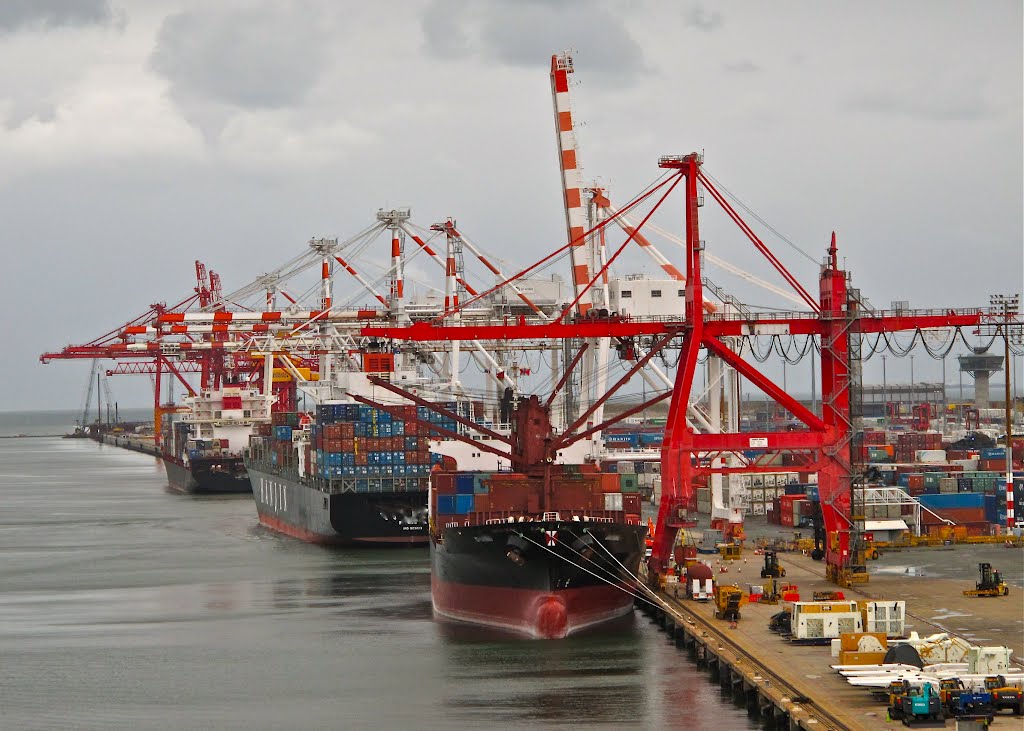

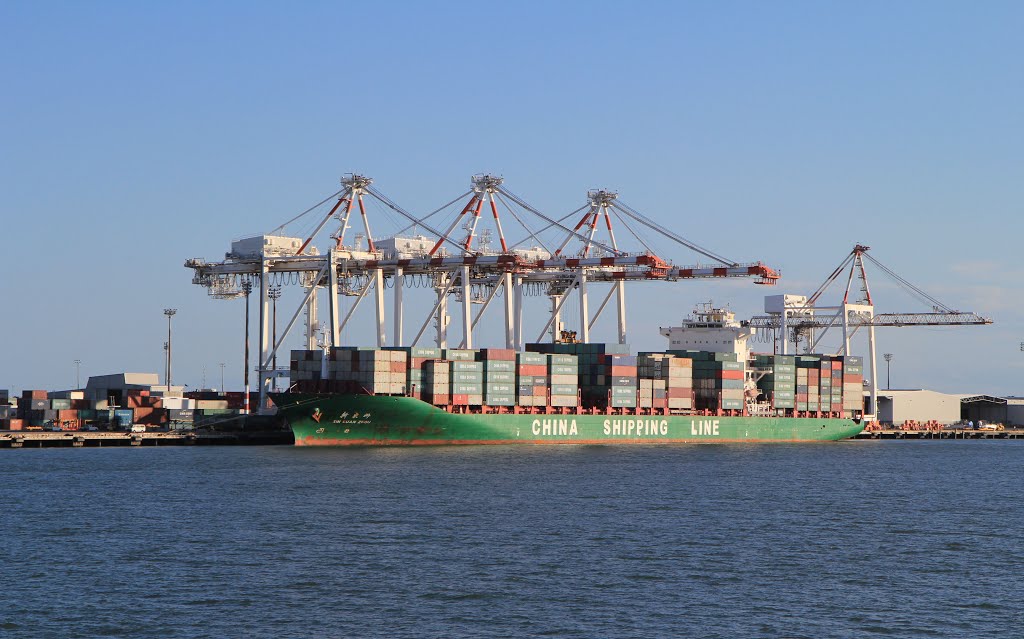
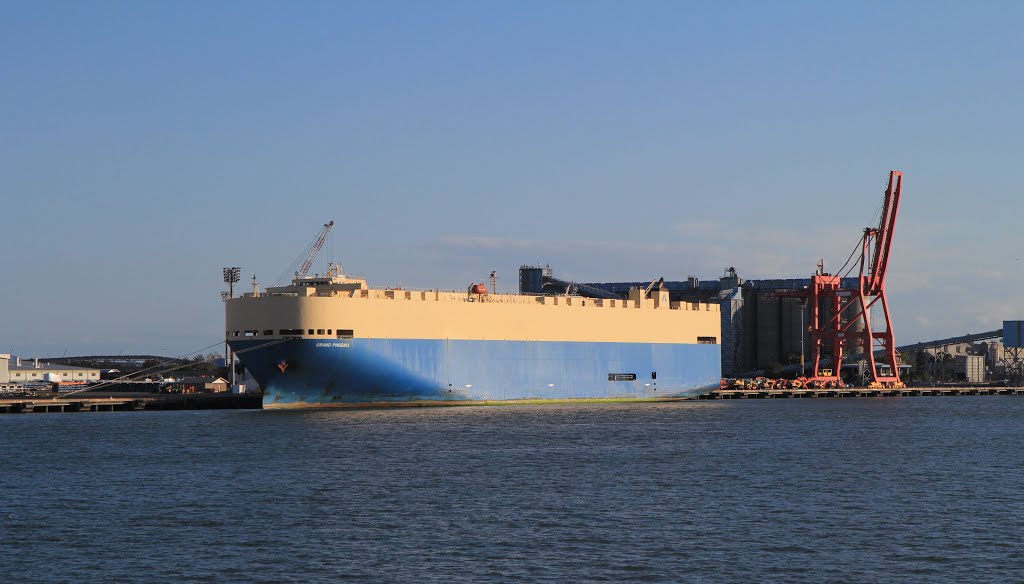
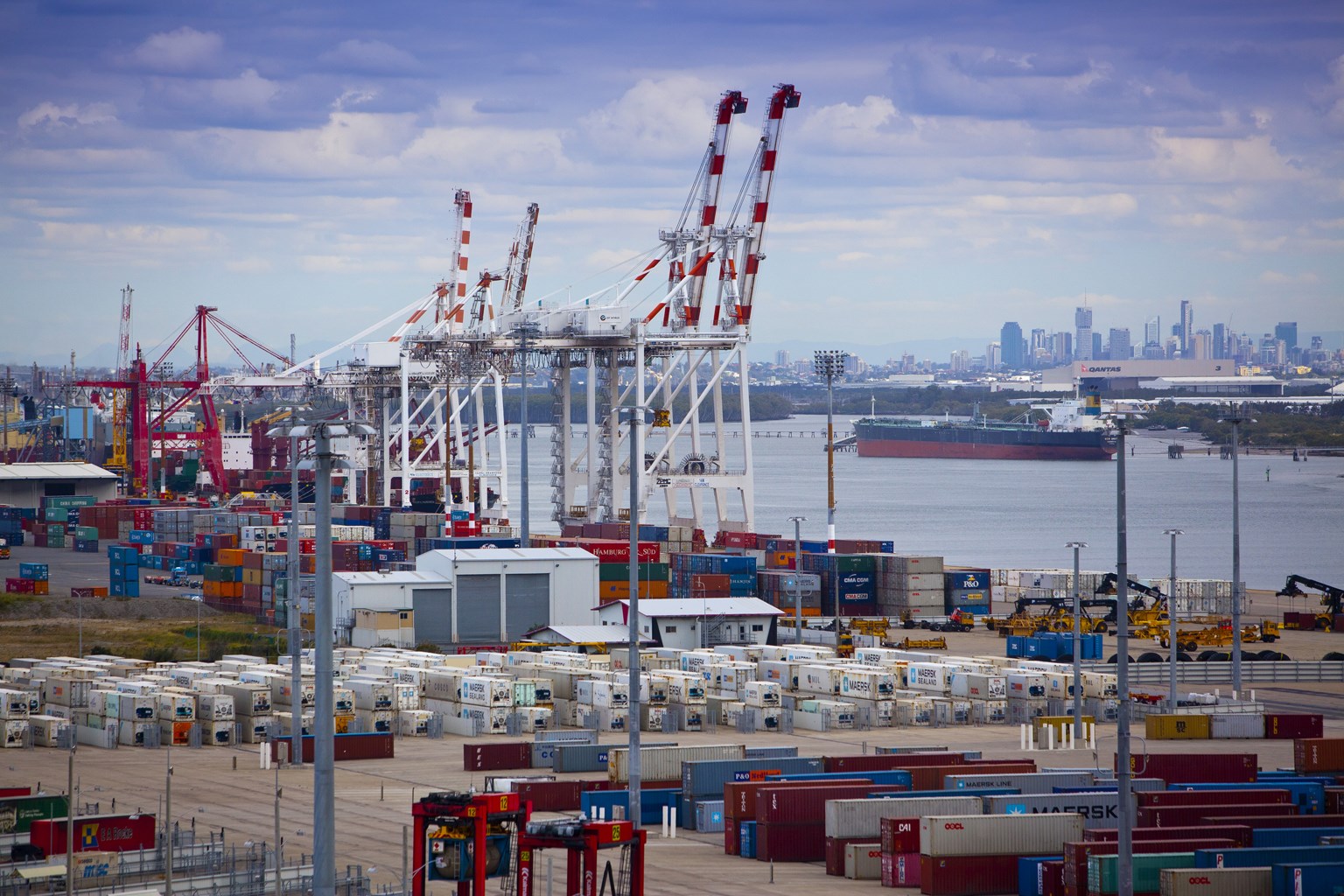
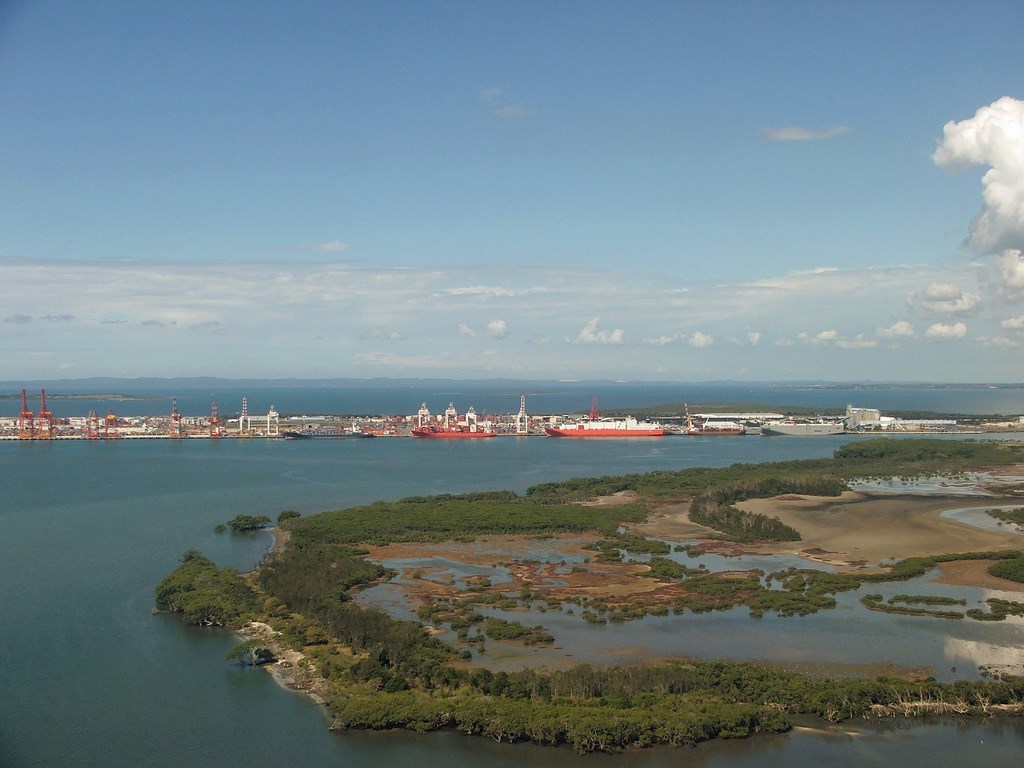
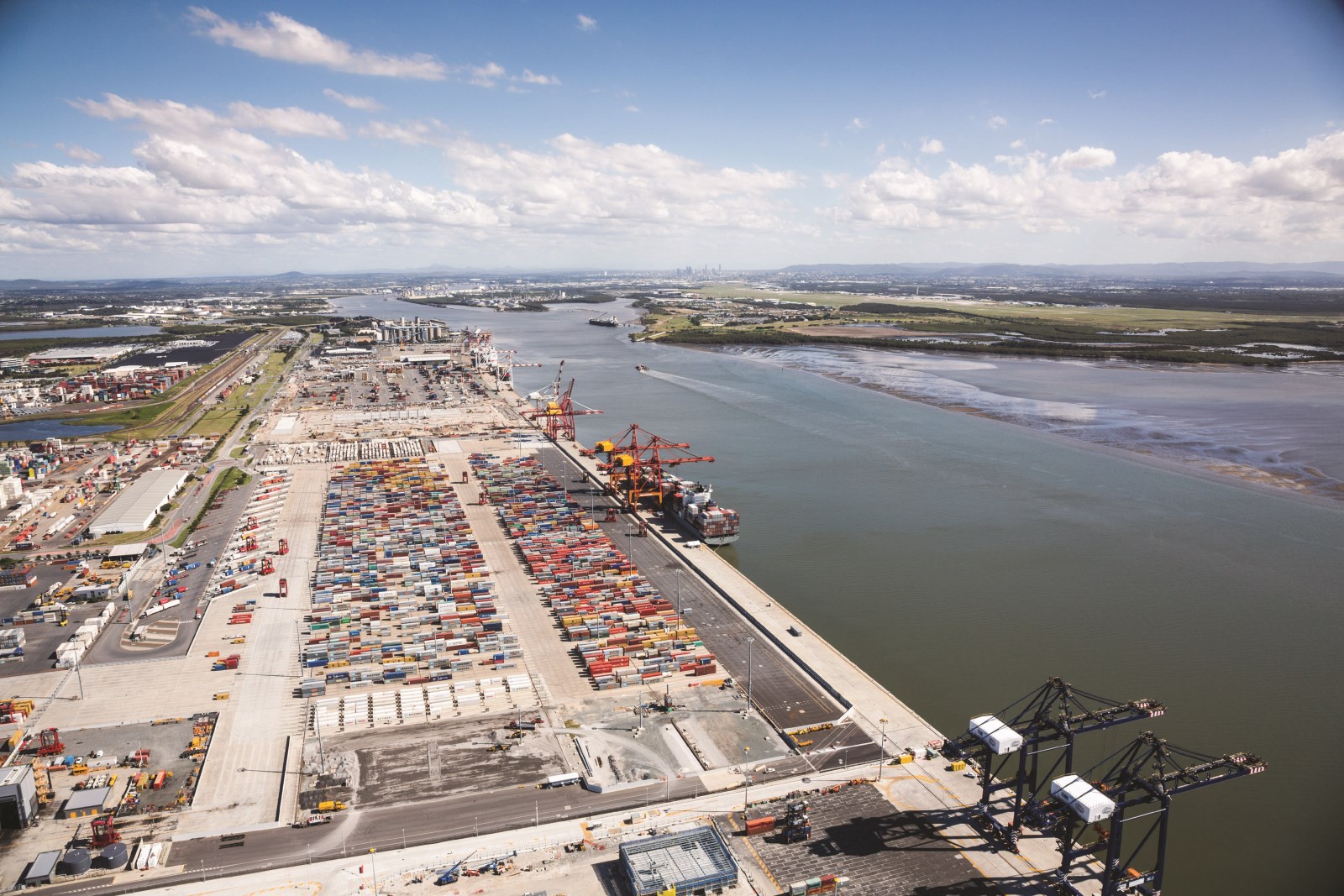
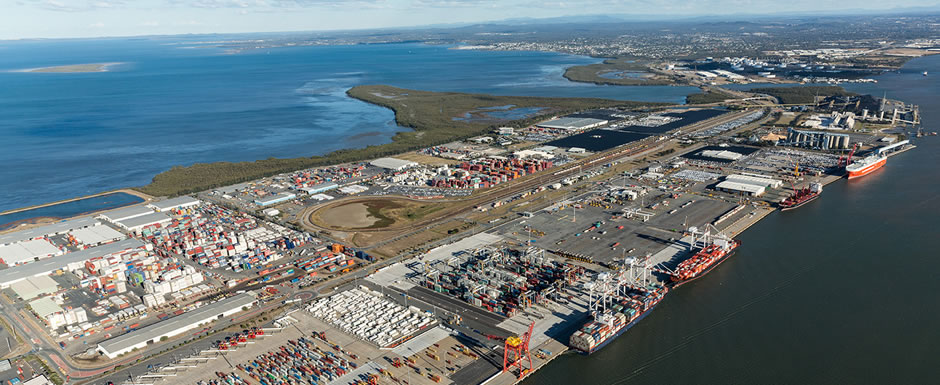
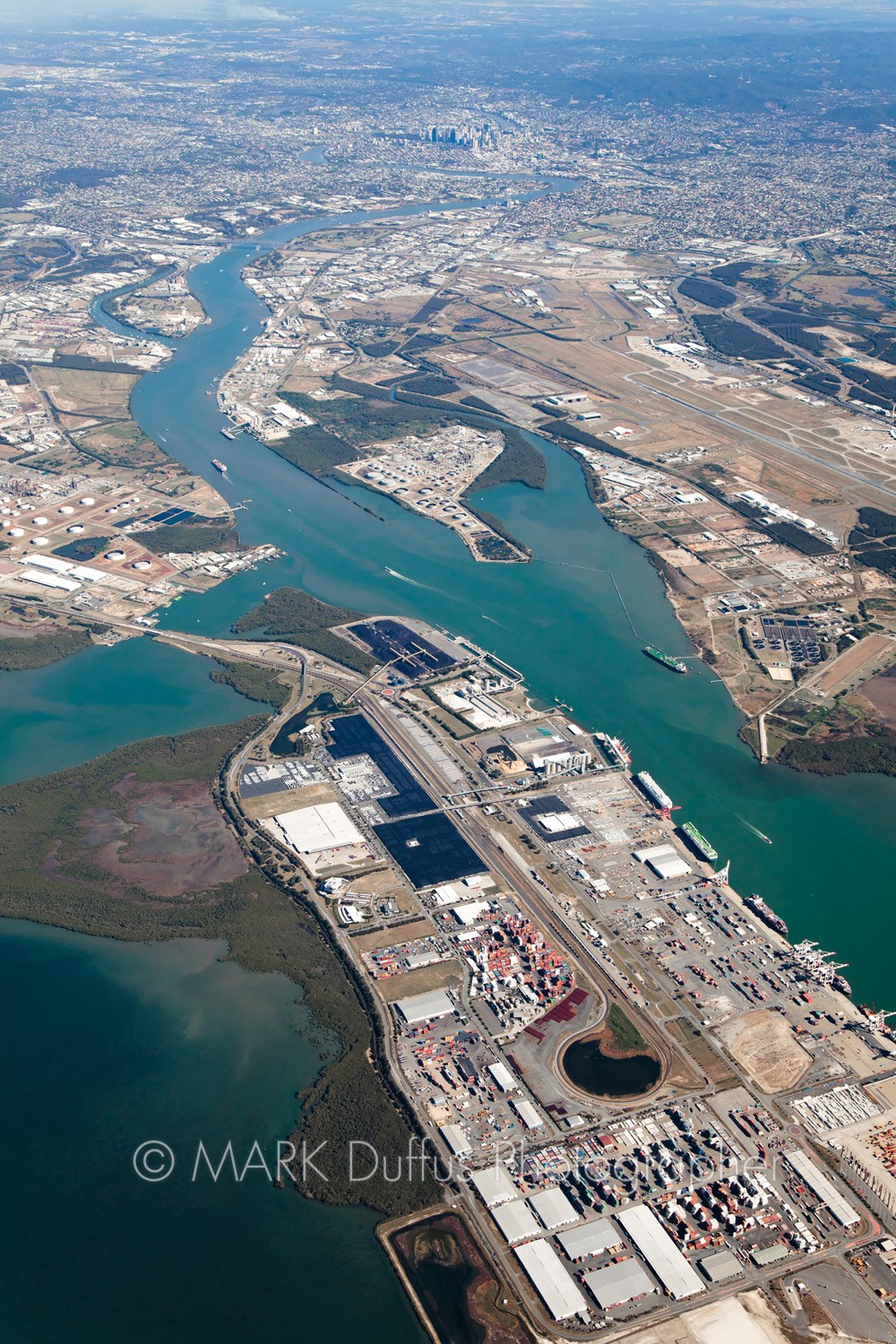
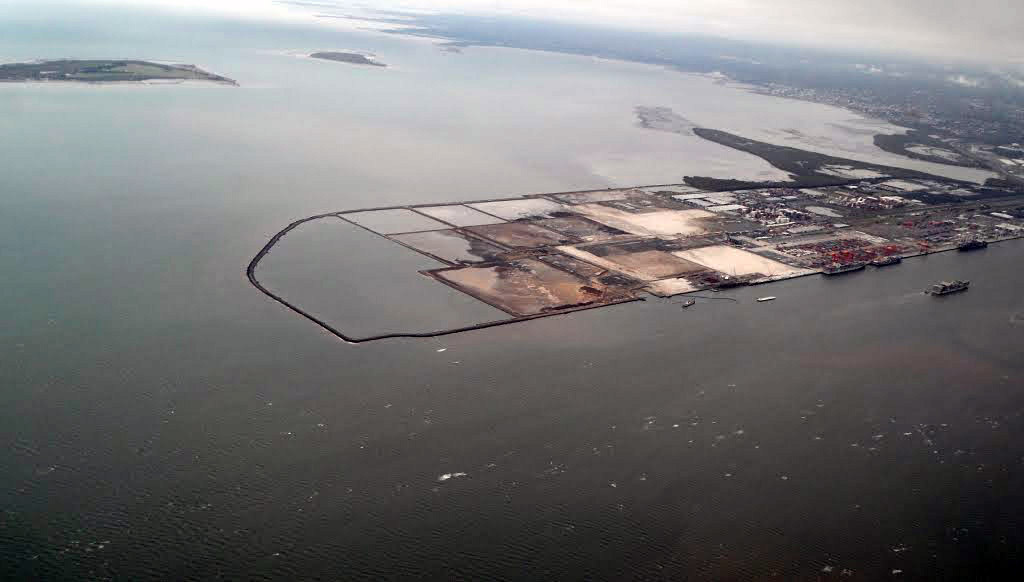
The long view
31 Jan 2011
State governments are pushing the long-term view of Australian ports, writes Dave MacIntyre
The hand of state government control is being felt in different degrees at Australia’s three major container ports, at a time when throughput at all the ports is booming.
Melbourne, Sydney and Brisbane are all reporting significant lifts in throughput. Melbourne as an example recently became the first Australian port to handle an average of 7,000 teu/day for a monthly reporting period.
Total container trade through Melbourne set a new national record in October, with the port handling over 217,000 teu for the month. Overall trade increased 7.6% over the year, in which containers were the strongest contributor, with the annual throughput up 10.4%.
But while the current scene is healthy, the state owners of all three ports are aiming to put down foundations for long-term development growth.
The spotlight is particularly on Brisbane, where an investment consortium has won the right to a 99-year lease to operate the port. The Queensland State Government decided to place responsibility for the future development of the port into the hands of private enterprise, thereby avoiding the taxpayer having to fund developments estimated at up to $1bn.
The deal agreed with the government was worth A$2.3bn (US$2.3bn) to the successful bidders Q Port Holdings, which brings together a number of stakeholders and which officially assumed ownership of Port of Brisbane Pty Ltd on December 1.
So what now for the newly-privatised port? Managing director Alistair Baillie tells Port Strategy that the object of Q Port Holdings is to facilitate trade growth while maximising efficiencies across the port and achieving high levels of asset utilisation.
Underlining the company’s commitment to working collaboratively with customers and to sustainability, Mr Baillie emphasised Q Port Holdings has the financial clout to underpin new capex if needed — “The members of the consortium bring substantial port management expertise, and we have the financial capacity to ensure the Port of Brisbane will continue to play a pivotal role in the Queensland economy.”
For the 2009/2010 year, Brisbane invested nearly A$150m in new infrastructure and already, some new key capex projects are underway. The Captain Bishop Bridge duplication and associated road upgrades will ensure efficient access to the main port complex well into the future and construction of Wharf 11 has just begun. This, along with Wharf 12, will be operated by Hutchison Port Holdings, bringing increased competition to container stevedoring.
http://www.portstrategy.com/news101/world/australasia/the-long-view
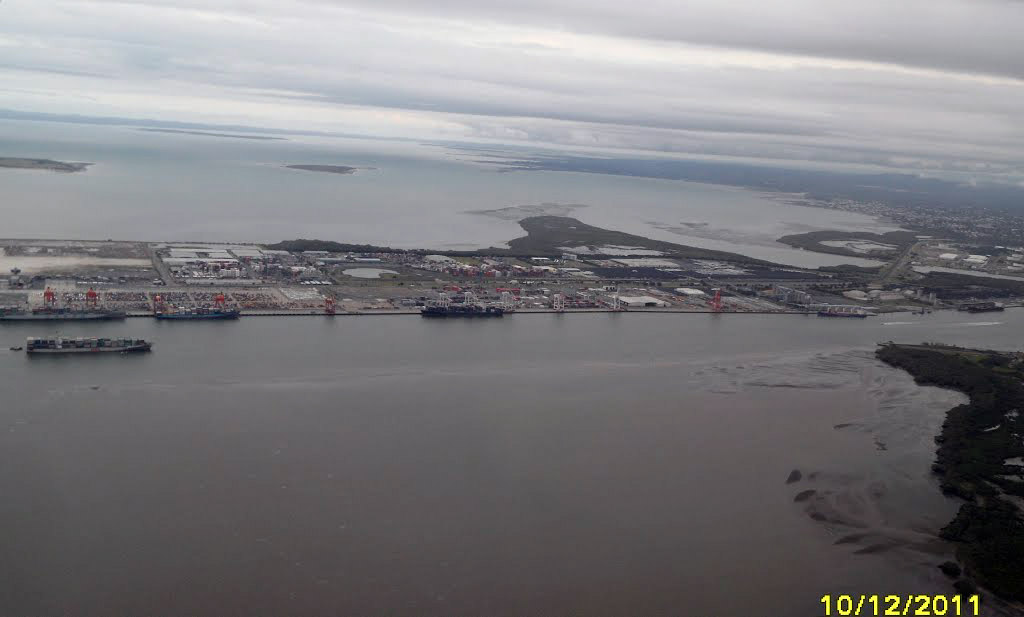
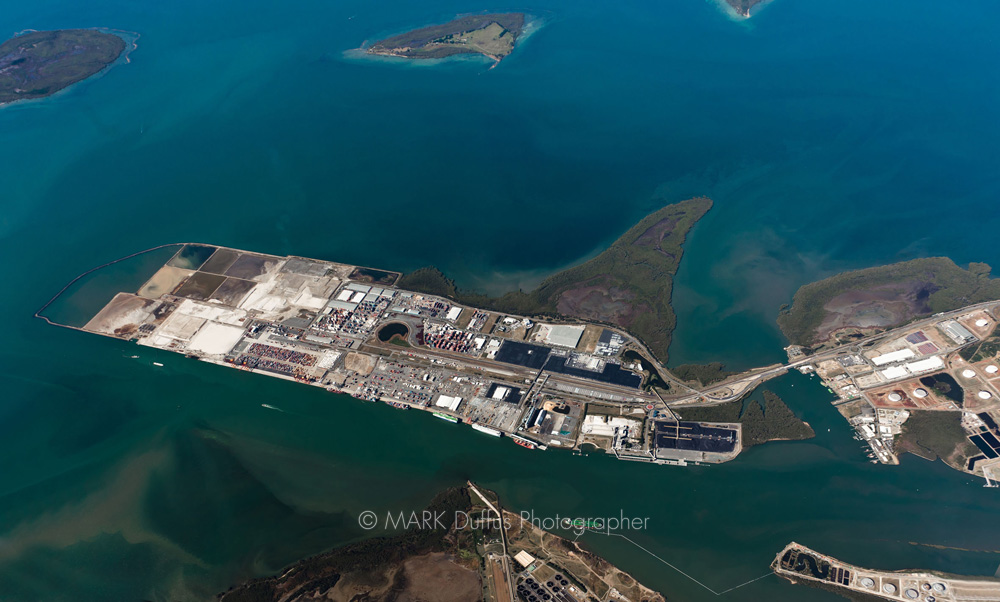
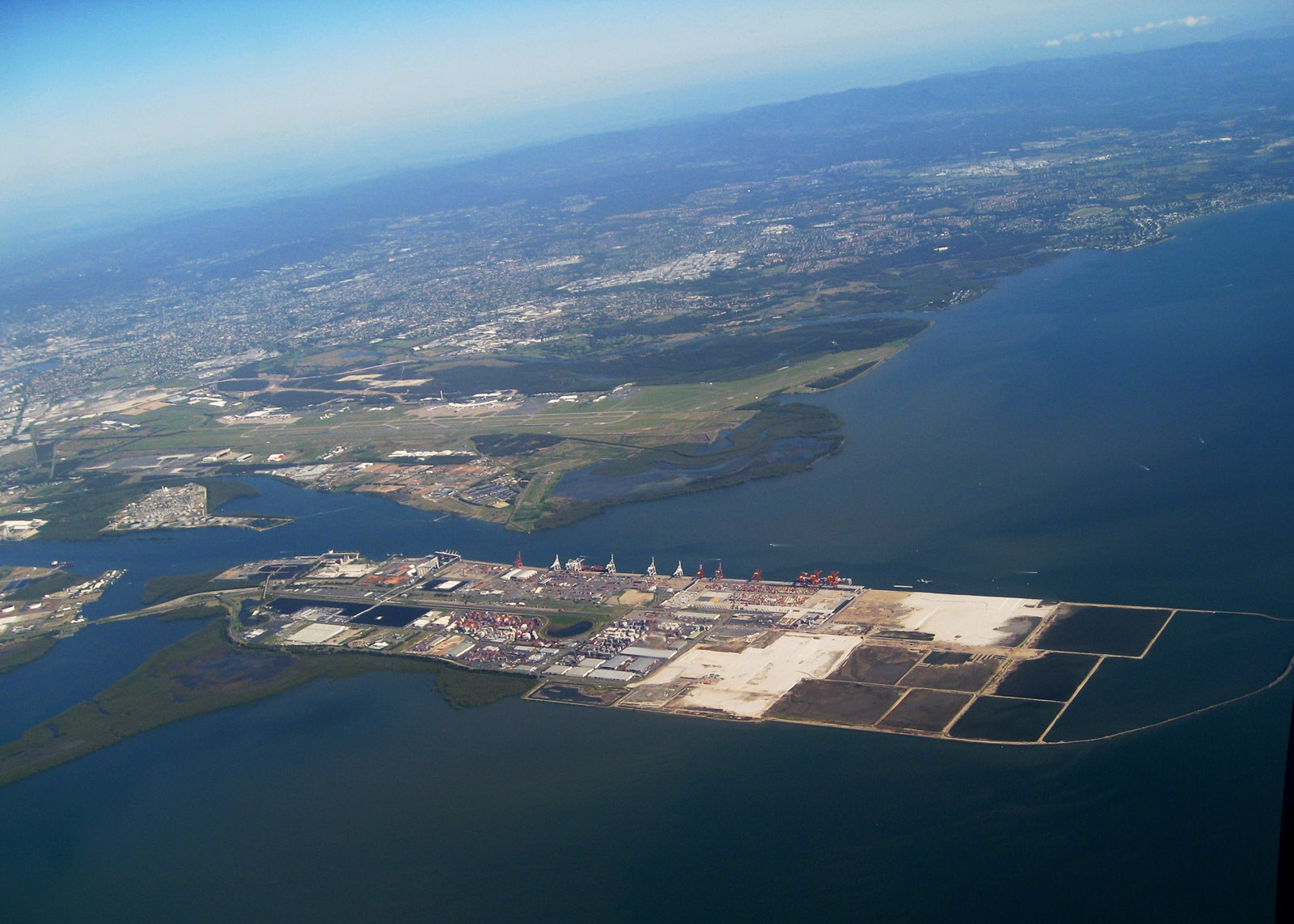
La Caisse acquires a 26.7% interest in Australia's Port of Brisbane
MONTREAL, Nov. 28, 2013 /CNW Telbec/ - La Caisse de dépôt et placement du Québec today announced its acquisition of a 26.7% stake in the Port of Brisbane in Australia's Queensland. The transaction follows a bidding process launched earlier this year for the interest held by Global Infrastructure Partners (GIP).
"This is a first-class asset, well positioned to participate in the growth of Queensland and Asia's emerging economies," said Macky Tall, Senior Vice-President, Infrastructure, at La Caisse. "This investment, made with a long-term view, gives us the opportunity to step up our presence in Australia, a resilient market. It also contributes to the diversification of our portfolio, from both geographic and sector standpoints."
With the most diversified product base of all of Australia's capital city ports, the Port of Brisbane, which was privatized by the Queensland government in 2010, is the country's third-largest container port. Each year, the port handles in excess of 37 million tonnes of international cargo valued at around $50 billion. The Port of Brisbane is the closest major container port to the country's largest export market in the Asia Pacific Rim.
"This investment is well aligned with our strategy to generate stable, predictable returns for our clients over the long term," Mr. Tall added.
The transaction is expected to close by December 18, 2013.
Port of Brisbane is the shipping port and suburb of Brisbane, on the east coast of Queensland, Australia.[1] It is located in the lower reaches of the Brisbane River on reclaimed land that was once called Fisherman Islands at the mouth of the river. It currently is the third busiest port in Australia and the nation's fastest growing container port. It includes the main shipping channel across Moreton Bay which extends 90 kilometres (56 mi) north to Mooloolaba and is dredged to maintain a depth fourteen metres at the lowest tide.
Queensland's next two largest ports are the Port of Gladstone and the Port of Townsville.
According to the former Queensland Department of Primary Industries the Port of Brisbane was the most likely entry point of the South American fire ant to Australia.[2]
About 60% of the coal transported through the port originates from the New Acland Mine.[3]
http://en.wikipedia.org/wiki/Port_of_Brisbane
https://www.flickr.com/photos/kirra-art/sets/72157649972210427
http://www.panoramio.com/user/2405290?with_photo_id=76773485
http://www.panoramio.com/user/4473159?with_photo_id=85396215
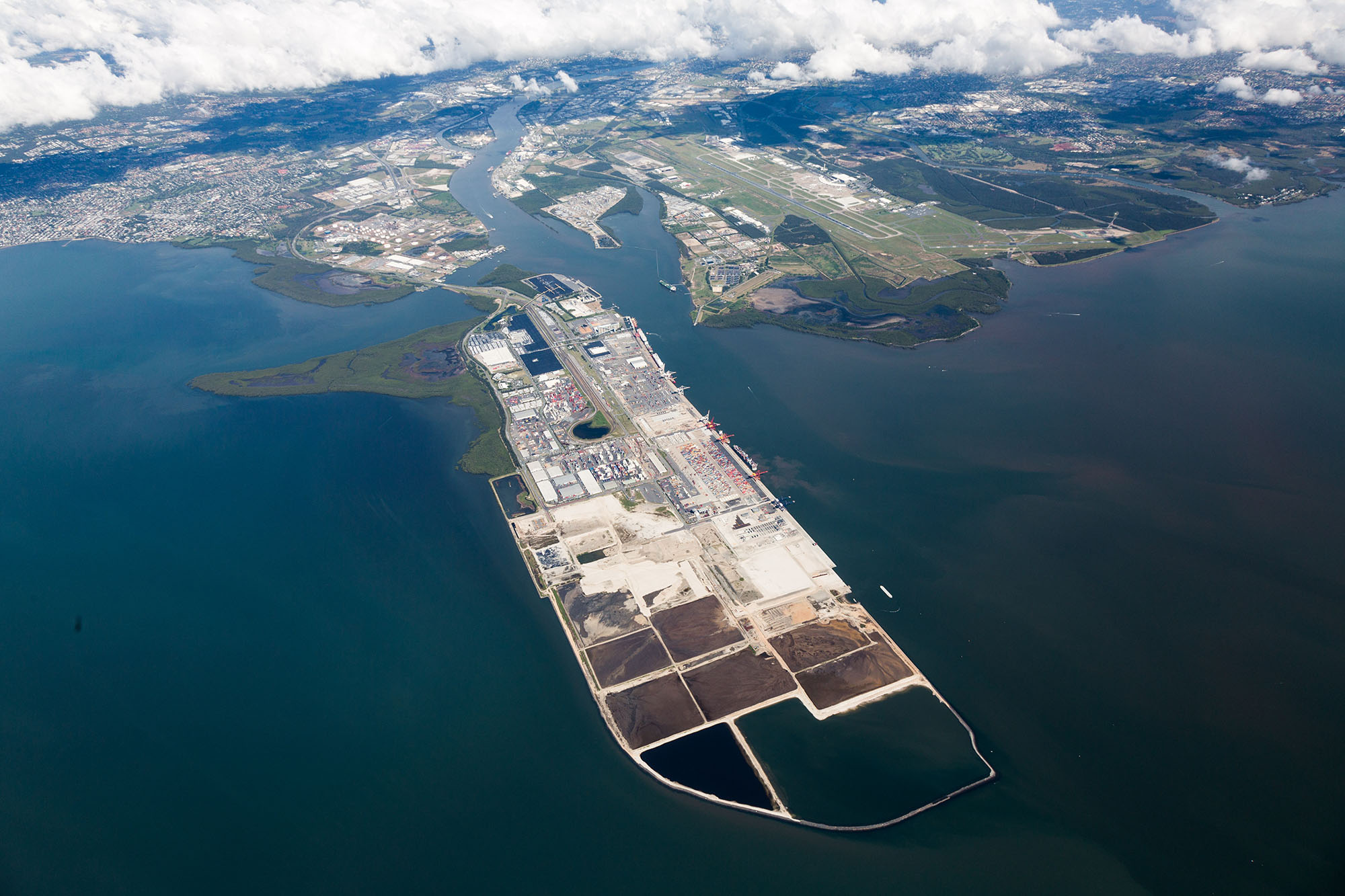
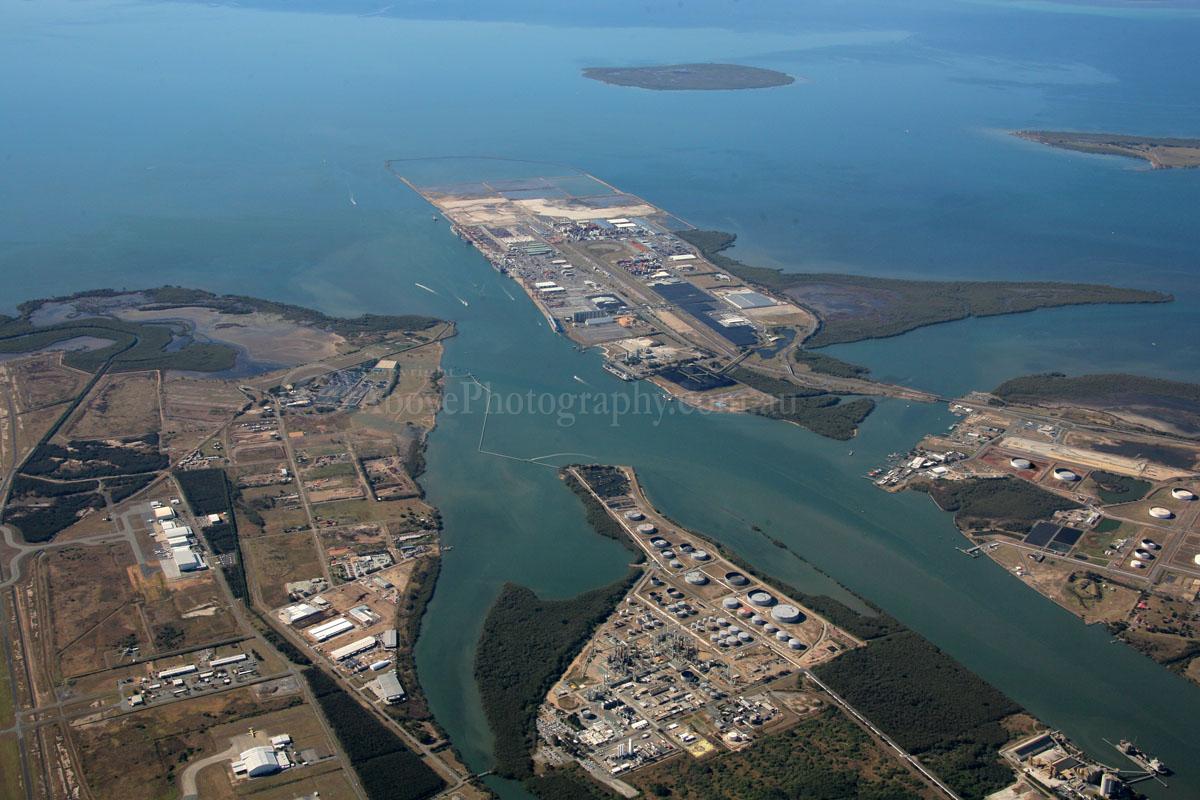
Vídeo:
Web recomendada: http://www.portbris.com.au
Contador: 4645
Inserción: 2015-04-16 14:53:40
Lugares a visitar en un radio de 100 km (en línea recta)
Mapa de los lugares a 100 km (en línea recta)
Mostrando Registros desde el 1 hasta el 0 de un total de 0
Visitas |
Más visitados Basílica de San Marcos 149002 Catedral de Notre Dame (París) 137623 Torre de Pisa 128169 Monte Saint-Michel 97285 Presa de las Tres Gargantas 73620 |
Incorporaciones |
Comentarios hazola Cúpula de la Roca gracias me... gera Buenos Aires las mejores fotos de la mejor ciudad del... Daniel M. - BRASIL San Francisco ... PEQUE Presa Chicoasén SERA QUE ALGUIEN ME PUEDE DAR MAS INFORMACIÓN DE ESTE PROYECTO ESTUDIO EN LA UNACH Y ES PARA UN... Mery Huaca Pucllana Muy interesante, muy buena la información y... |
 Tweet
Tweet


